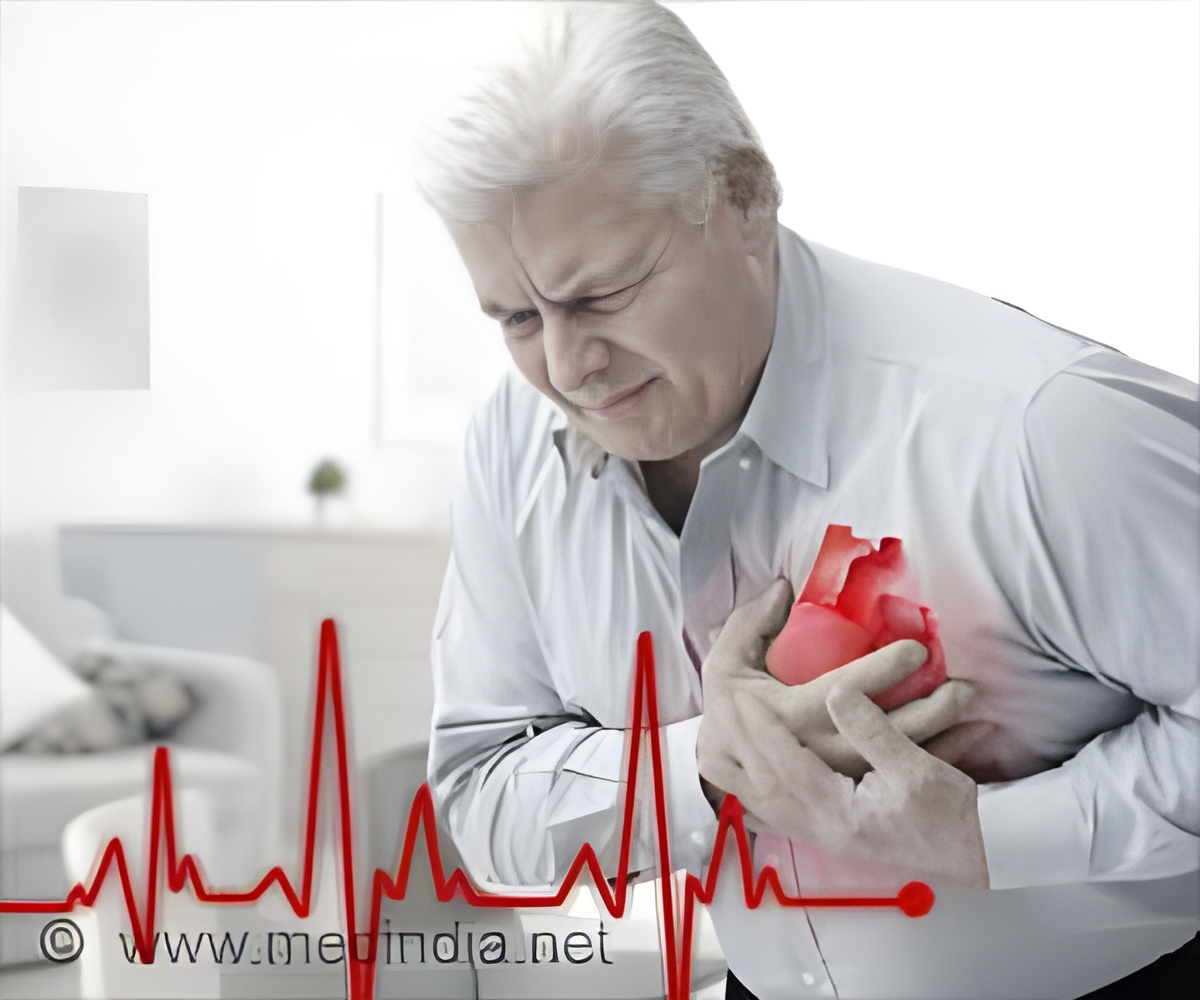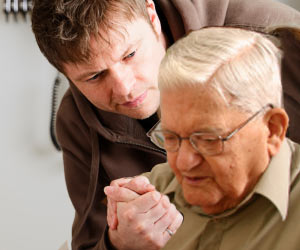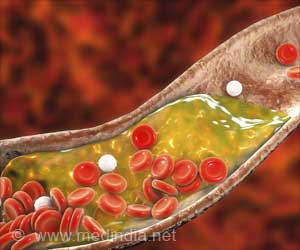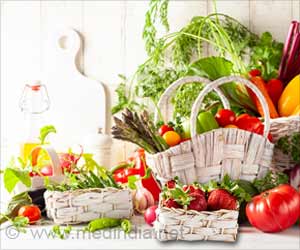
‘Optimizing cardiovascular health even among seniors without a diagnosis prevents fall risk. This helps in the reduction of health care costs among the elderly.’
Read More..Tweet it Now
A study published today in the Journal of the American Geriatrics Society identifies new factors that contribute to falls, which points towards interventions that may help prevent them. Researchers led by Stephen Juraschek, MD, PhD, a primary care physician at Beth Israel Deaconess Medical Center (BIDMC) found that subclinical myocardial damage and cardiac wall strain are associated with a higher risk of falling in older adults without known cardiovascular disease (CVD). These findings suggest that optimizing cardiovascular health even in older adults without a CVD diagnosis might represent a strategy for preventing falls among seniors. Read More..
"Given that falls can often be fatal for older adults, greater knowledge of the factors that contribute to falls represents a significant public health priority," said Juraschek. "For the first time, our study shows that subclinical CVD is itself a fall risk factor. This raises the important question of whether treatment of subclinical CVD could help prevent falls among older adults."
Juraschek and colleagues followed nearly 4,000 older adults (average age of 75 years) for four and a half years. During this time, participants were asked to report any hospitalization; and their medical records as well as claims data from the Centers of Medicare and Medicaid Services (CMS) were linked with their study information. Falls were identified from hospital discharge ICD-9 codes or CMS claims.
In this older-aged community dwelling population without known CVD, stroke or heart failure, the researchers found that markers of subclinical myocardial damage and cardiac wall strain were strongly and independently associated with new falls. These findings suggest that biomarkers of cardiac damage and wall strain could be important risk factors for falls and may shed light on novel, independent pathways linking CVD to falls among older adults free of a history of clinical CVD.
"Our findings are informative for clinical discussions pertaining to both the primary prevention of CVD and fall interventions in older adults," said Juraschek. "Whether treatment of subclinical CVD could help prevent falls among older adults is beyond the scope of the present study, but represents an important subject of subsequent fall prevention research. Such research has the potential to inform practitioners considering the risk and benefits of primary prevention treatments in older adults at risk for falls."
Advertisement
Source-Eurekalert










